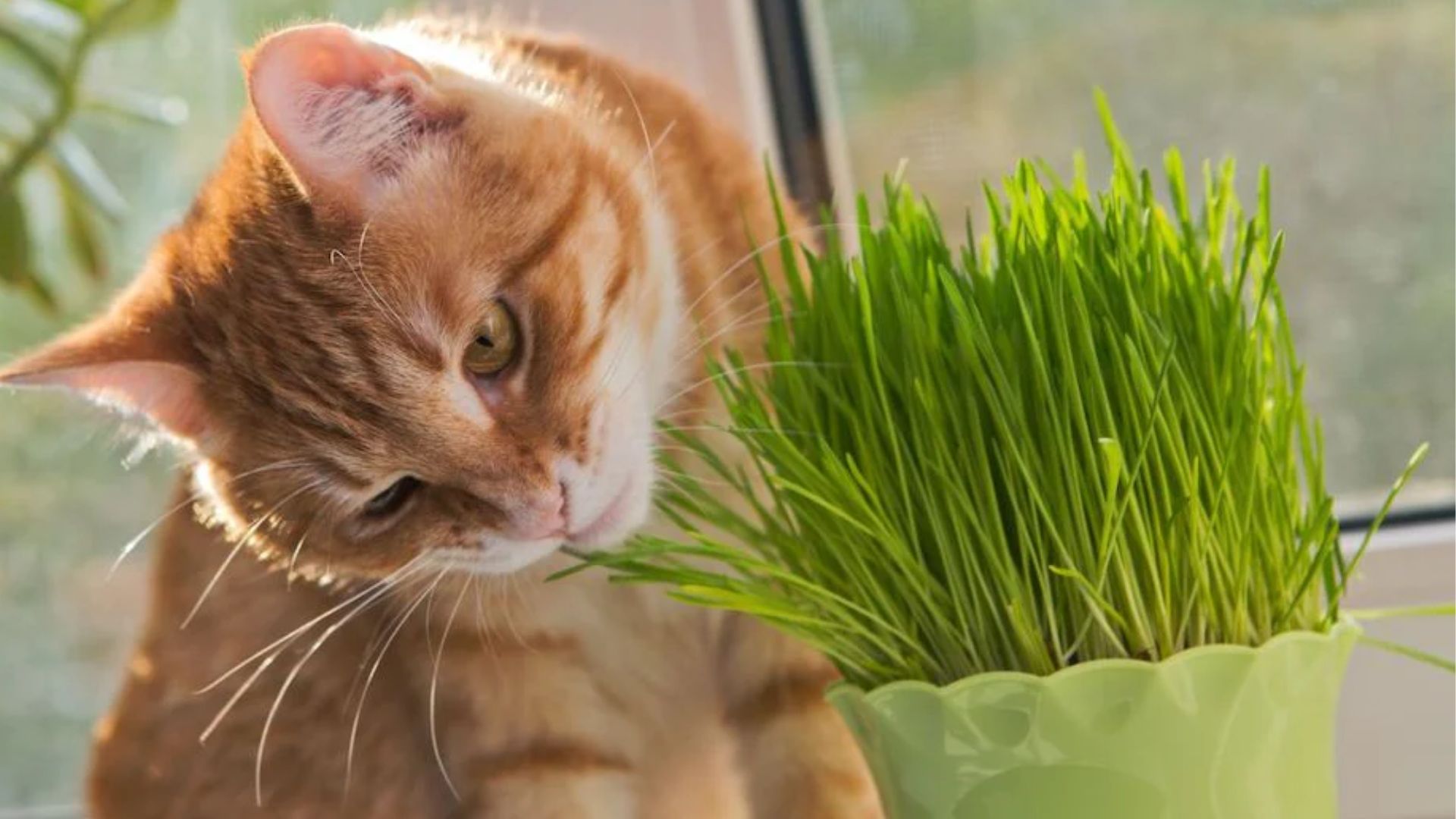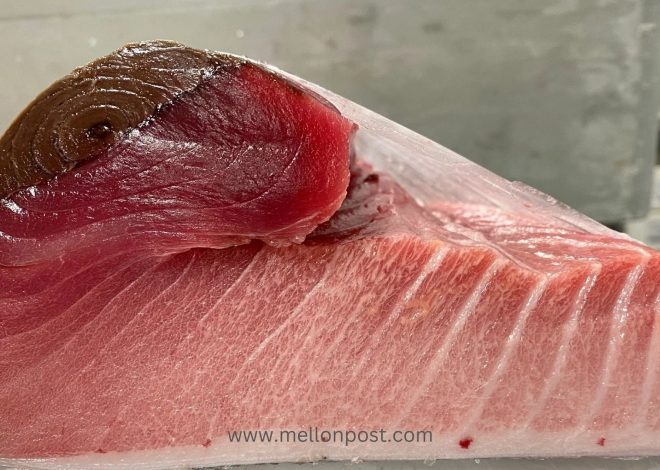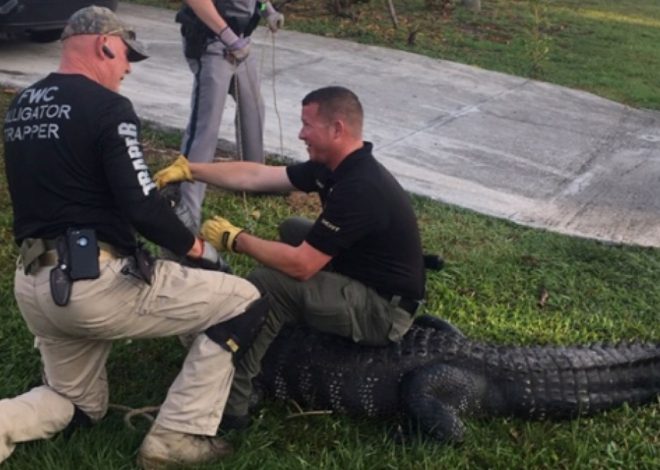
Why Do Cats Eat Grass ?
Table of Contents
Why Do Cats Eat Grass ?
Cats are fascinating creatures with unique behaviours that often leave us wondering. One such behaviour is their tendency to eat grass. While it may seem unusual for a carnivorous animal to consume plant material, there are several reasons why cats eat grass.
Cats are Obligate Carnivores
First and foremost, it is important to understand that cats are obligate carnivores, which means that their bodies are designed to thrive on a diet that consists primarily of meat. They require a diet high in protein, with specific amino acids such as arginine and taurine, vitamins A, D, and complex B, as well as arachidonic acid.
However, this does not mean that cats do not consume plant material at all. In the wild, cats have been observed to eat the stomach contents of their prey, which may contain plant material. This behaviour is instinctual and provides cats with necessary nutrients that may be lacking in their diet.
Why Do Cats Eat Grass?
There are several reasons why cats eat grass. One reason is that grass contains folic acid, a vitamin that is essential for cats. Folic acid helps to produce haemoglobin, a protein in red blood cells that carries oxygen throughout the body.
Another reason why cats eat grass is that it can help to alleviate digestive issues. Grass contains fibre, which can help to regulate the digestive system and promote the elimination of hairballs. When cats consume grass, it can stimulate their gag reflex, which can help to expel hairballs from their system.
In addition, some cats may eat grass as a way to self-medicate. Grass contains compounds that can act as a natural laxative, which can help to alleviate constipation. It can also help to soothe an upset stomach and relieve symptoms of nausea.
Is it Safe for Cats to Eat Grass?
In most cases, it is safe for cats to eat grass. However, it is important to ensure that the grass is free from pesticides and other chemicals that can be harmful to cats. If you have a lawn, it is best to avoid using pesticides and herbicides, as these can be toxic to cats.
If you do not have access to a lawn or if you are concerned about the safety of the grass, you can provide your cat with commercial grass for cats. These products are specifically designed for cats and are safe to consume.
The benefits of cats eating grass
Grass provides essential nutrients, such as folic acid, which supports the production of haemoglobin, a protein that moves oxygen through the blood, aiding in circulation. It also contains chlorophyll, which acts as a natural breath mint and increases the health of blood.
Grass is also a natural laxative that can help prevent constipation in cats. The fibres in grass cannot be digested by cats, which serves as an excellent natural laxative that can help cats avoid being constipated. It can also help cats induce vomiting, which can help get rid of any undigested food matter, inedible particles, and hairballs present in their food pipe or stomachs, and help avoid any cases of indigestion.
Moreover, grass contains various minerals and vitamins, acting as a dietary supplement for cats. It can help cats express displacement behaviour, which is a sign of anxiety. Some cats may also eat grass just because they like it.
Cat grass is safe for cats, and it is much safer than lawn grass, which may have fertilizers, chemicals, or pesticides that are toxic to cats. It is also a much safer way to satisfy a cat’s plant nibbling craving than other plants that are extremely toxic to cats.
Incorporating cat grass into a cat’s daily routine can support their overall health and well-being. It can aid in digestion, help eliminate and prevent hairballs, provide essential nutrients, satisfy natural instincts, improve oral health, act as a natural laxative, provide stress relief, provide enrichment, prevent ingestion of other plants, support immune system health, and help with weight management.
To ensure that cats get the maximum nutrient content from the grass, it is essential to keep the cat grass fresh by replacing it every two weeks. It is also crucial to monitor a cat’s intake of cat grass to prevent digestive discomfort.
Types of grass that are safe for cats to eat
Cats are known to eat grass, and there are several types of grass that are safe for them to consume. These include oat, wheat, orchard, and barley grass. These types of grass are beneficial for cats as they contain fibre, which aids in digestion and helps prevent constipation and excessive hairball formation. They also provide beneficial micronutrients like folic acid, trace minerals, and vitamins.
Oat grass is a favourite among picky cats and is faster growing than other grasses, but it doesn’t last as long. Wheat grass contains fibre, various micronutrients, vitamins, and minerals and is a popular variety with cats.
Orchard grass, also called crow’s foot, is a quintessential variety for felines and is thinner than other grasses but more fibrous. Barley grass is one of the tallest-growing cat grasses and contains many of the same nutrients as other cat grasses.
It is important to avoid certain types of grass, such as lawn seed, which can become stuck in a cat’s mouth or stomach. Lawn grass is often treated with pesticides and other harmful chemicals, so it is best to grow chemical-free grass at home to prevent your cat from seeking potentially toxic lawn grass.
Bermuda grass is not toxic to cats by itself, but the pesticides used to treat it are. Grass with descriptors like tall and sweet should also be avoided, as there is no way to identify exactly what types of seeds are included.
When growing cat grass, it is recommended to do so indoors in planting trays, as this only requires moderate sunlight and allows for easy regulation of water intake. It is also important to inspect the grass regularly for mould and to ensure that your cat does not ingest other toxic plants in the house.
How to grow cat grass at home
Cat grass is a blend of cereal grasses that are safe and healthy for cats to consume, and it can be grown both indoors and outdoors. Here are some steps to follow to grow cat grass at home:
1. Choose a Pot: Choose a small to medium-sized pot with low enough sides so that cats can easily eat from it. The pot should have some weight to it so that it won’t tip over or move too much around the floor. Holes in the bottom of the pot are not necessary since the grass is minimally watered.
2. Prepare the Soil: If a kit comes with dirt, it is best to mix it with some nutrient-rich planting soil to give the seed a good growing medium. Fill the planter most of the way full with the planting soil.
3. Plant the Seed: Sprinkle the cat grass seed liberally across the top of the earth. Make sure the seed you use is pesticide-free. Cover the grass seed with a sparse amount of dirt, no more than 1/4 inch deep.
4. Water the Seeds: Water the seeds in the planter with a small amount of water. Take your cupped hands and fill them with water from the faucet, then sprinkle the water over the soil. This method does not disturb the seed too much.
5. Cover the Planter: After planting and watering the seed, take a piece of clear plastic wrap and loosely drape it over the container. This helps trap the moisture and warmth, encouraging germination. Place the planter in a warm and sunny location.
6. Wait for Germination: In about three days, you will notice the grass is beginning to grow. Remove the plastic wrap and keep the grass sparsely watered. It does not need a lot of moisture.
7. Let Your Cat Enjoy: Cat grass is quick to grow. I let it achieve a height of about three to four inches before setting the container on the floor for the cats to graze. Pull the container of grass away from the felines when the grass is mowed to about an inch or two from the ground. Since the grass rapidly grows, it will be ready for munching again the next day.
In conclusion, growing cat grass at home is a simple and easy process that can provide your cat with a healthy and safe source of greens. By following these steps, you can ensure that your cat has access to fresh and nutritious cat grass all year round.
Continue reading: How can you train a cat to not bite or scratch ?


